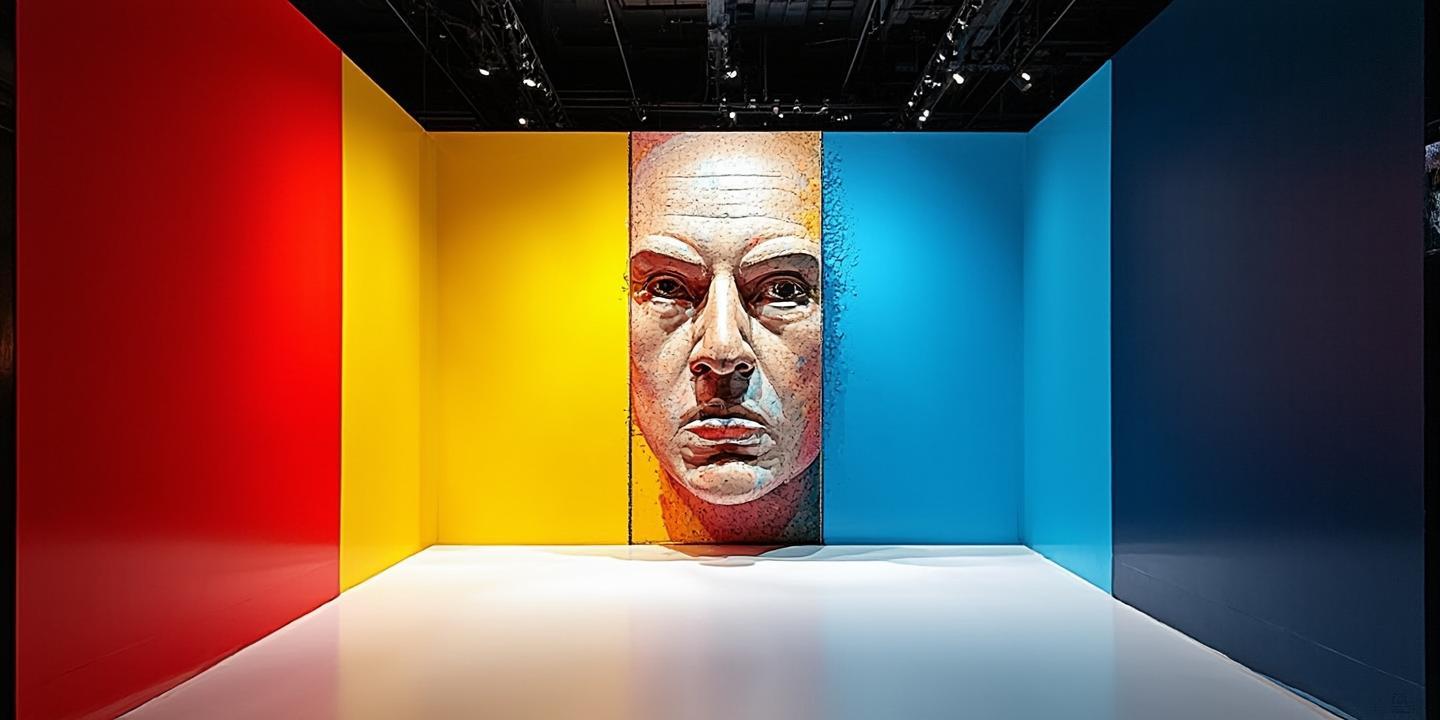发布时间2025-06-02 16:02

Introduction
Have you ever looked at a picture and wondered what others see in it? The phrase “Please tell me what you see in the picture” is more than just a request—it’s an invitation to explore the depths of perception, interpretation, and storytelling. Whether you’re analyzing a photograph, a painting, or a digital image, understanding its nuances can reveal hidden meanings and evoke powerful emotions. In this article, we’ll dive into the art of observing and interpreting images, uncovering how different perspectives can shape our understanding of visual content. By the end, you’ll have the tools to decode any picture with clarity and confidence.
The Power of Visual Perception
When someone asks, “Please tell me what you see in the picture,” they’re not just asking for a description. They’re seeking insight into how you perceive the world. Visual perception is the process by which our brains interpret the information our eyes receive. It’s influenced by our experiences, emotions, and even cultural background. For example, a simple photo of a tree might evoke feelings of peace in one person and nostalgia in another. This subjectivity is what makes visual storytelling so compelling.
Understanding visual perception is crucial for anyone who works with images, whether you’re a photographer, designer, or marketer. By recognizing how viewers interpret visuals, you can create content that resonates deeply with your audience. Bold and intentional choices in composition, color, and subject matter can guide the viewer’s eye and elicit specific emotions.
Decoding the Elements of an Image
To effectively answer the question, “Please tell me what you see in the picture,” it’s essential to break down the image into its core elements. Here are some key components to consider:
By analyzing these elements, you can provide a comprehensive response to the question, “Please tell me what you see in the picture.”
The Role of Storytelling in Image Interpretation
Every picture tells a story, but the narrative often depends on the viewer. When someone asks, “Please tell me what you see in the picture,” they’re inviting you to share your interpretation of that story. Storytelling is a powerful tool for connecting with others and making sense of the world.
For instance, a photo of a bustling city street might tell a story of progress and opportunity for one person, while another might see chaos and inequality. This duality is what makes visual storytelling so dynamic. As a viewer, you have the power to shape the narrative based on your perspective.
How to Develop Your Visual Literacy
Visual literacy is the ability to interpret and create visual messages. It’s a skill that can be developed with practice. Here are some tips to enhance your ability to answer the question, “Please tell me what you see in the picture”:
The Impact of Cultural and Personal Bias
When interpreting an image, it’s important to acknowledge the role of cultural and personal bias. Our backgrounds and experiences shape how we see the world, and this extends to visual content. For example, a symbol that’s positive in one culture might be negative in another.
By being aware of these biases, you can provide a more nuanced and inclusive interpretation of an image. This is especially important when answering the question, “Please tell me what you see in the picture,” as it allows you to consider multiple perspectives.
Practical Applications of Image Interpretation
The ability to interpret images has real-world applications across various fields. Here are a few examples:
Conclusion
The next time someone asks, “Please tell me what you see in the picture,” you’ll be equipped with the knowledge and skills to provide a thoughtful and insightful response. By understanding the elements of an image, developing your visual literacy, and considering the impact of bias, you can unlock the stories hidden within any visual content. Whether you’re a casual observer or a professional in a visual field, this ability will enrich your experience and deepen your connection to the world around you.
猜你喜欢:孩子英语单词
更多少儿英语